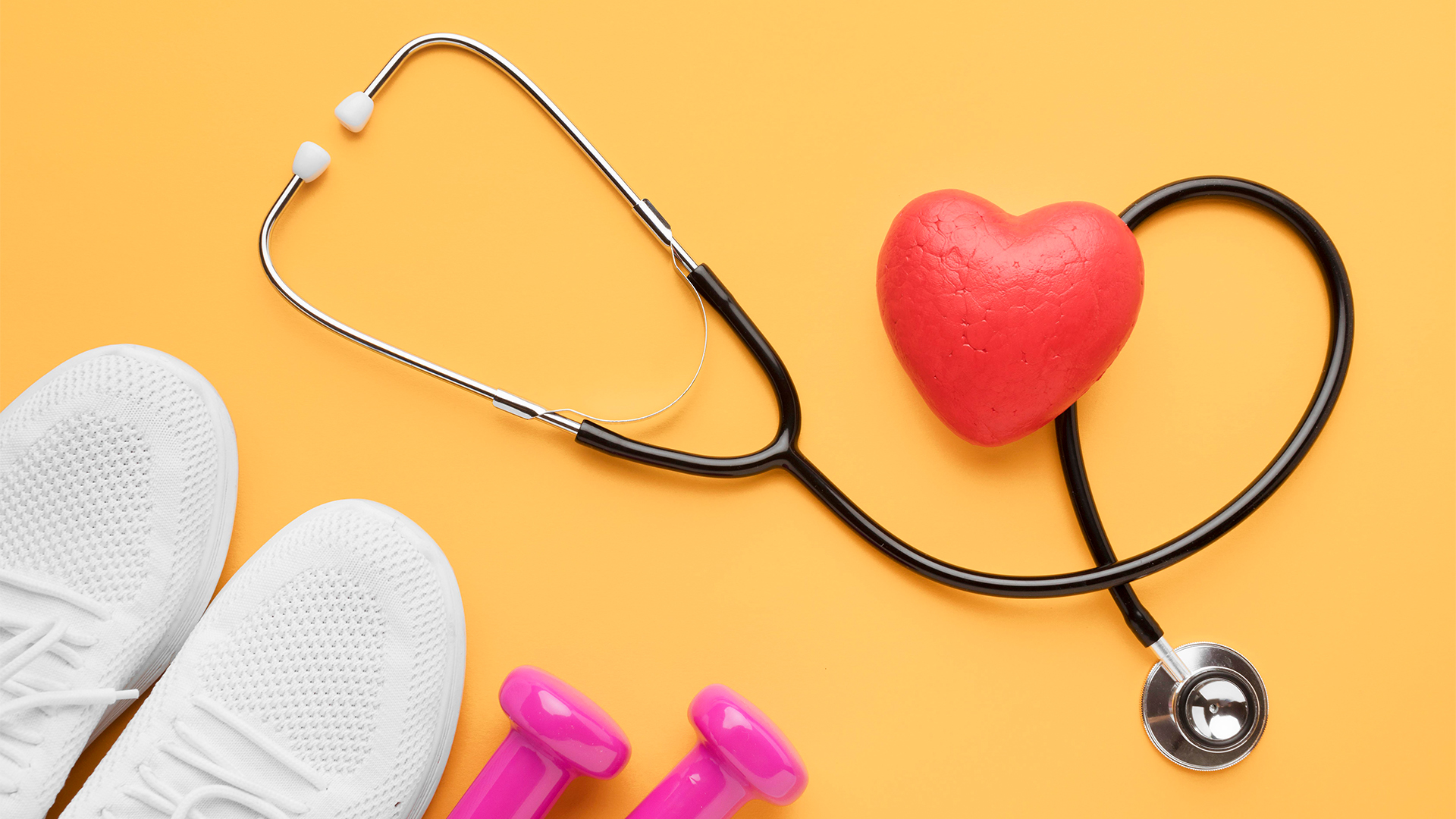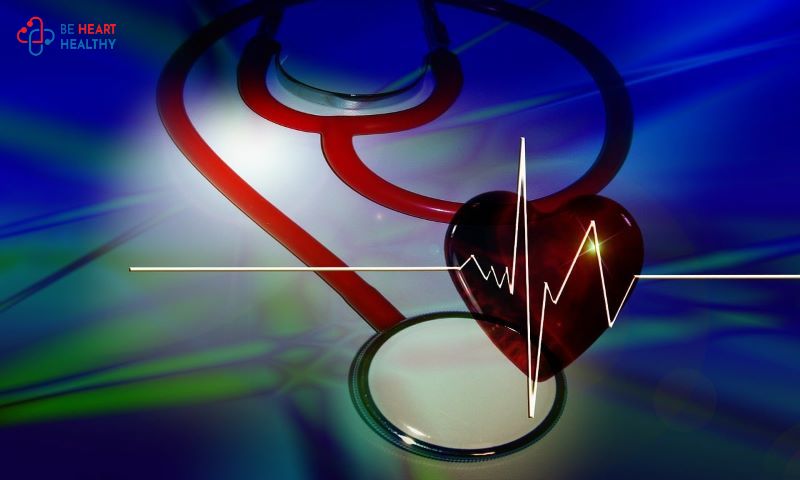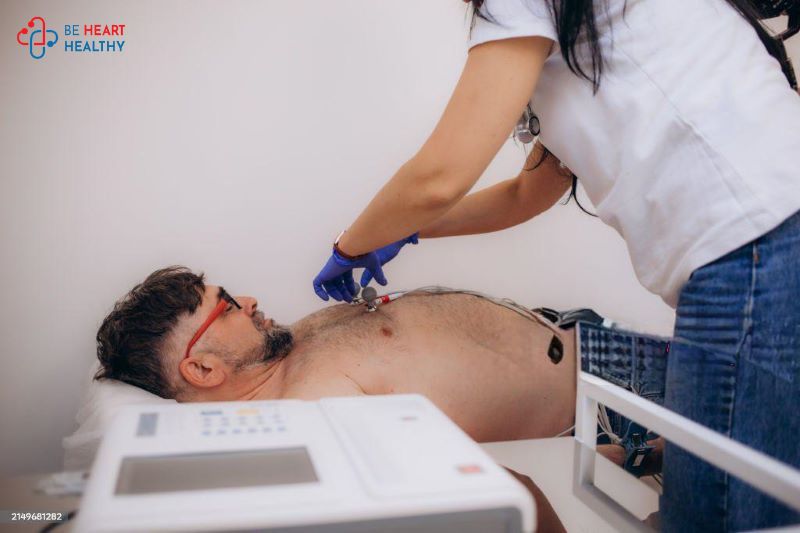We need our heart for love, life, and everything in-between as a reference as well as a vital organ. This beating lump of muscle and nerves plays a crucial role from our birth until death. It’s human nature to not recognize the importance of something, take it for granted, so to speak until we realize its importance, so in the case of our heart – how much do we know about it? how much do we ‘love’ it? We’ll discuss how our physical activity impacts our heart’s health because we, both literally and figuratively, can’t live without it.
What is the Heart?
The heart is a muscular organ the size of your fist1 with the sole purpose of beating nonstop to pump our blood through the body. It is under both nervous and hormonal control thus regulated like a finely tuned motor to meet the body’s demand and maintain an optimal blood flow.
Your blood takes the oxygen and nutrients that your organs need to work correctly. Blood also carries carbon dioxide to your lungs so you can breathe it out.
Like any organ, multiple problems can occur in the heart; heart failure, where the ‘pump’ fails; myocardial infarction, where a part of the heart losses blood supply; arrhythmias, where the heart’s rhythm is out of sync, and structural heart diseases to name a few.
Physical Activity, is it Important?
According to the WHO, physical activity is defined as any bodily movement produced by skeletal muscles that requires energy expenditure2. As said above, we rely on the heart to supply fuel for our activities, but at the same time, the heart’s health depends on our physical activity. With recurrent activity, the heart undergoes functional as well as structural adaptations to meet the demand, thereby being better at its job.
What Happens to the Heart with Exercise?
With regular exercise, the heart increases its mass, or more precisely, the number of heart cells or myocytes. Unlike in some heart diseases, this increase in mass is adaptive or helpful, which increases the pumping ability or as cardiologists call it, the contractility of the heart.
Also, when myocytes increase in number by this process, it reduces abnormal electrical signaling in the heart.
Similarly, studies have shown that multiple metabolic processes get augmented due to exercise, one of which enhances the heart’s ability to metabolize fatty acids as an energy source more efficiently, which may, according to research, aid in heart recovery from ischemic stress.
These processes are collectively called remodeling of the heart. They help increase our exercise tolerance and also make the heart more resistant to problems and malfunctioning.
Is it only about Remodeling?
No, the heart being an organ, relies on several external factors to function optimally.
One main factor is its blood supply, which when reduced or cut off causes “heart attacks.” Ever heard of the phrase “sitting is the new smoking?” It means that sedentary lifestyle brings on most of the adverse effects that smoking has. One major factor being the buildup of lipids or cholesterol in blood, leading to coronary artery disease which can block heart’s blood vessels and causes heart attacks3.
Also, abnormal buildup of blood pressure, due to various causes, including obesity which causes the heart to work excessively to maintain that pressure and pump against that pressure, has deleterious effects on the heart’s health.
Both these conditions and many more diseases such as diabetes can be reduced by proper daily activity.
How much is Enough?
Cardiologists recommend at least 150 minutes to 300 minutes a week of moderate-intensity, or 75 minutes to 150 minutes a week of vigorous-intensity aerobic physical activity or a combination of both4 for average adults.
These timings and types change with your age, gender, and any co-morbidities, but however, properly regulated exercise has benefits for all individuals.
When is it too much?
Too much of a good thing is a bad thing. Studies have shown that intense physical activity, when done excessively, can have deleterious effects on the heart’s health – one such problem being increased risk of coronary artery disease.
So always be careful and consult your cardiologist to find out what suits you and adhere to that level of activity.
In Conclusion;
Physical activity and heart health go hand in hand. Various studies suggest how proper activity can improve your heart’s functioning as well as its health. So go out there, jog, work out, swim, and play because all school and no play makes Jim not only a dull boy but also an ill boy, but keep in mind every good thing has its limit.
References
- National Heart L and BI. How the Heart Works. NHS.
- WHO. Physical Activity. World Health Organization.
- Myers J. Exercise and Cardiovascular Health. Circulation. 2003;107(1). doi:10.1161/01.CIR.0000048890.59383.8D
- U.S. Department of Health and Human Services. Physical Activity Guidelines for Americans.; 2018.



